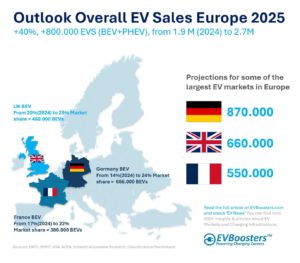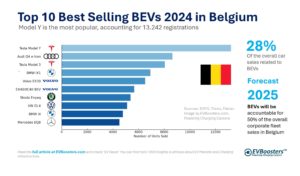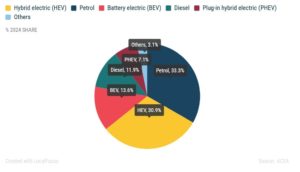- Grid Readiness for HDV Charging | RE-xpertise & ef.Ruhr
- Federal Policies to Expand Electric Vehicle Charging Infrastructure | Congressional Research Service
- Electric vehicle charging infrastructure analysis | Dayton
Grid Readiness for HDV Charging | RE-xpertise & ef.Ruhr
This report delves into the technical feasibility of charging infrastructure for heavy-duty vehicles in selected EU member states. It places particular emphasis on the challenges that some countries may face in meeting the regulations set by the Alternative Fuels Infrastructure Regulation (AFIR) between 2025 and 2027. The report explores the readiness of the grid to support the charging needs of heavy-duty vehicles, a critical component of the broader push toward cleaner transportation solutions in Europe.
Acces report here

Federal Policies to Expand Electric Vehicle Charging Infrastructure | Congressional Research Service
This report provides a comprehensive overview of federal initiatives in the United States aimed at bolstering electric vehicle charging infrastructure. It highlights key elements of legislation such as the Infrastructure Investment and Jobs Act, which includes substantial funding allocations for the expansion of EV charging networks. The report zooms in on two significant programs, the NEVI Formula Program and the CFI Grant Program, which play pivotal roles in shaping the future of electric vehicle charging infrastructure in the country.
Access report here

Electric vehicle charging infrastructure analysis | Dayton
Focused at the city level, this report outlines Dayton’s strategic plan for expanding electric vehicle charging infrastructure. It takes into account various critical factors, including sustainability, community engagement, geographical considerations, and regulatory adjustments. The report underlines the importance of creating equitable access to electric vehicle charging stations to facilitate Dayton’s transition to cleaner and more sustainable transportation options.
Access report here







